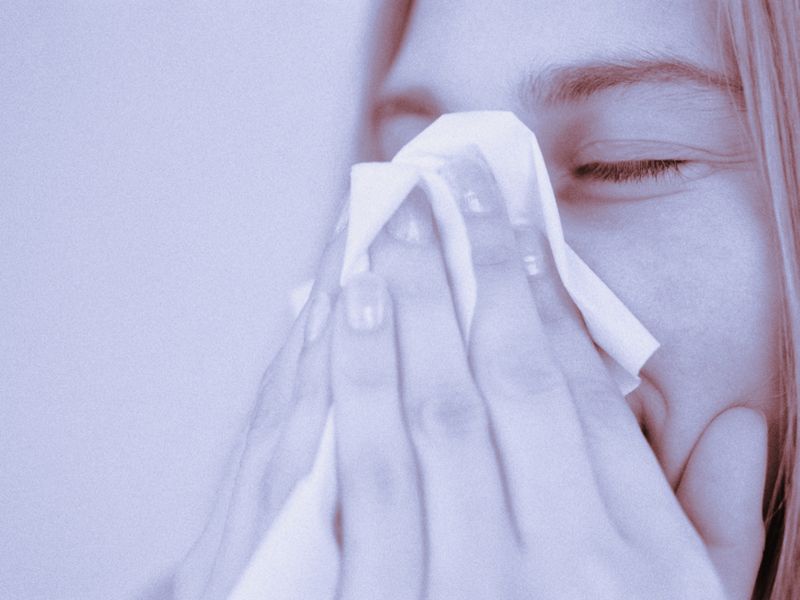THURSDAY, June 7, 2018 (HealthDay News) — Humidity doesn’t hinder the ability of flu viruses to infect people, claims a new study that challenges a long-held belief that the viruses become less active in moist conditions.
The researchers found that mucus and other airway secretions expelled during coughs or sneezes protect flu viruses when they’re airborne, regardless of humidity levels.
The findings have “critical implications when public health organizations devise ways to stem the spread of infections, particularly during pandemics,” said study co-author Seema Lakdawala. She’s an assistant professor at the University of Pittsburgh School of Medicine’s department of microbiology and molecular genetics.
In the study, the researchers designed a rotating metal drum that keeps aerosols suspended while maintaining a constant relative humidity level.
The investigators combined samples of human airway secretions with the 2009 pandemic H1N1 flu strain, aerosolized the mixture and sprayed it into the drum. The effect was similar to being in a room with someone who is sick.
The drum was fitted with special filters to prevent release of the virus, and the researchers ran the drum for an hour. That’s the typical length of time that air stays in homes before moving outside. The team ran the experiment at seven different humidity levels.
“I was astonished,” Lakdawala said in a Pitt news release. “The flu virus remained just as infectious at all humidity levels. The airway secretions were protecting it for at least the length of time it would take a typical home to exchange most of its air.”
Study co-author Linsey Marr added that “the result was surprising because our previous work suggested that the flu virus survived better at low humidity.” Marr is from the department of civil and environmental engineering at Virginia Tech.
“We thought this might help explain why flu season occurs in the winter, when humidity is low indoors, but we now have to rethink what’s happening with the virus when it’s in droplets and aerosols,” Marr added.
The findings suggest that during flu season, homes and offices should have increased air exchange rates coupled with filtration or UV irradiation of recirculated air, as well as regular disinfection of high-contact surfaces, such as door knobs, keyboards, phones and desks, the study authors said.
Other strains of flu and different pathogens need to be tested, the researchers noted, to determine if they’re also protected by airway secretions when airborne.
The study was published June 7 in the Journal of Infectious Diseases.
More information
The U.S. Centers for Disease Control and Prevention has more on how flu spreads.
Copyright © 2025 HealthDay. All rights reserved.

